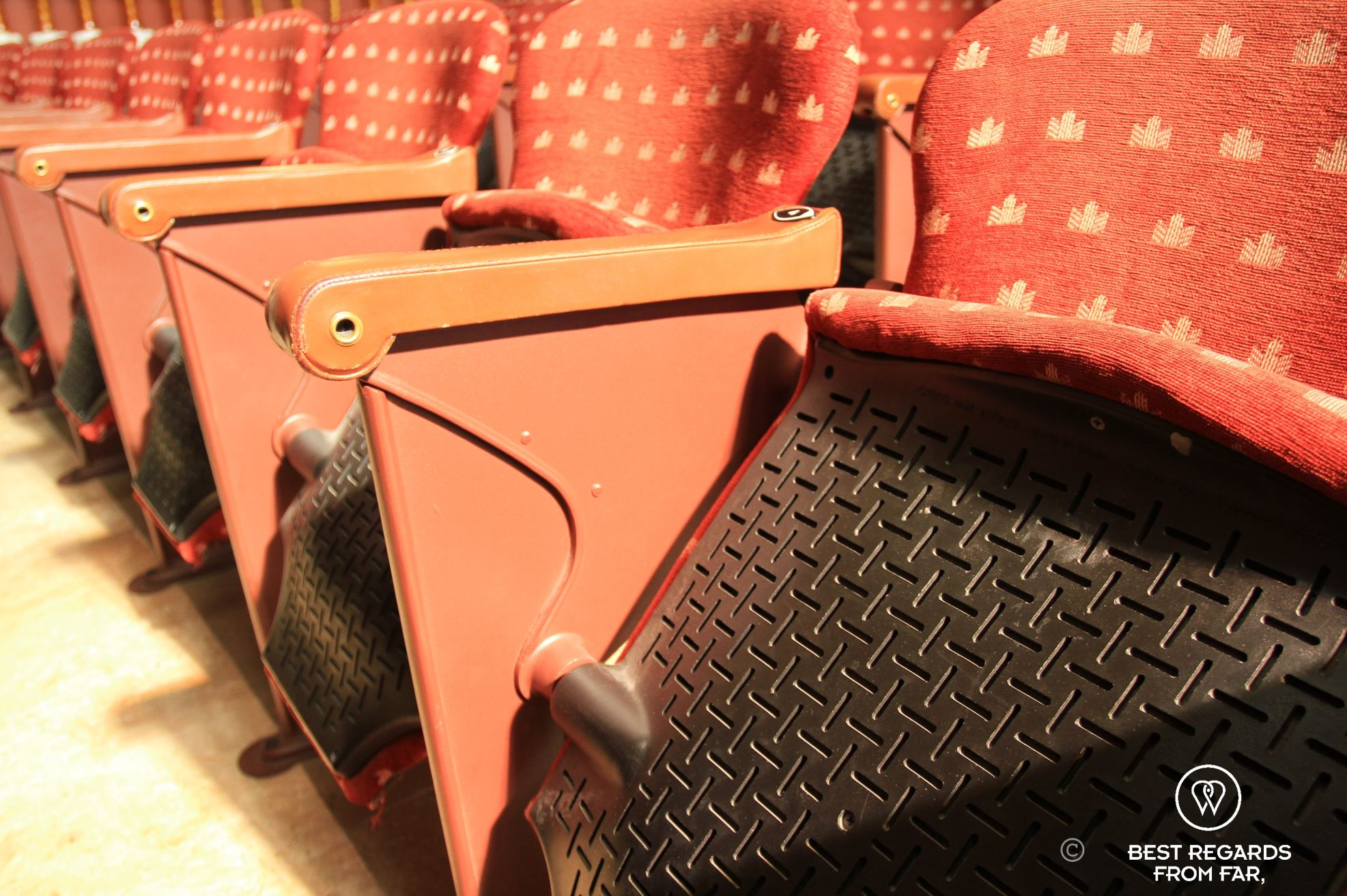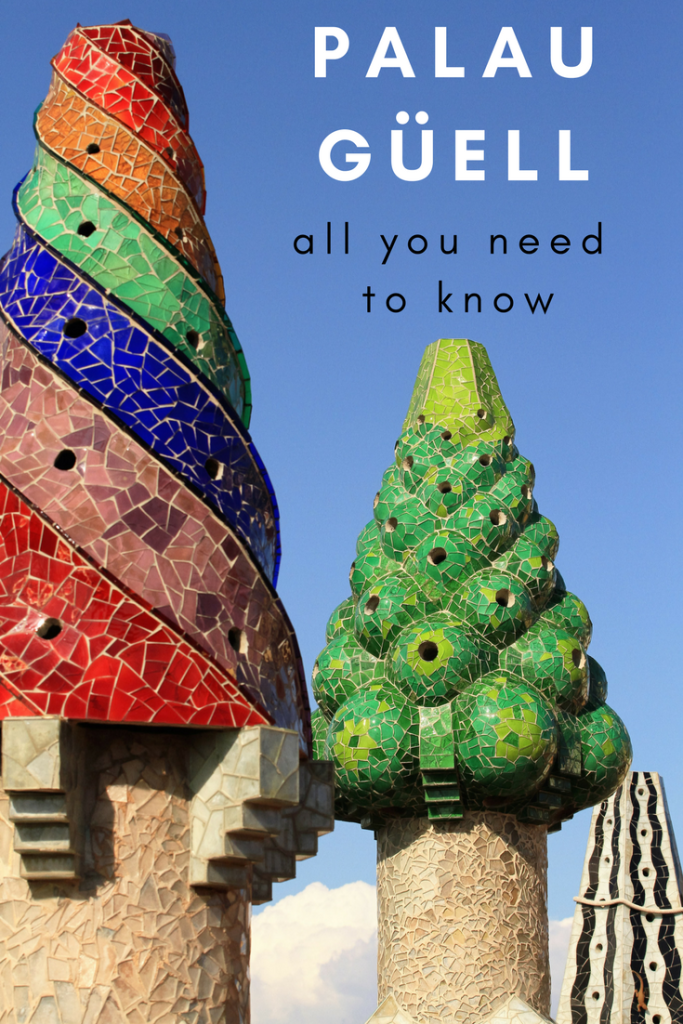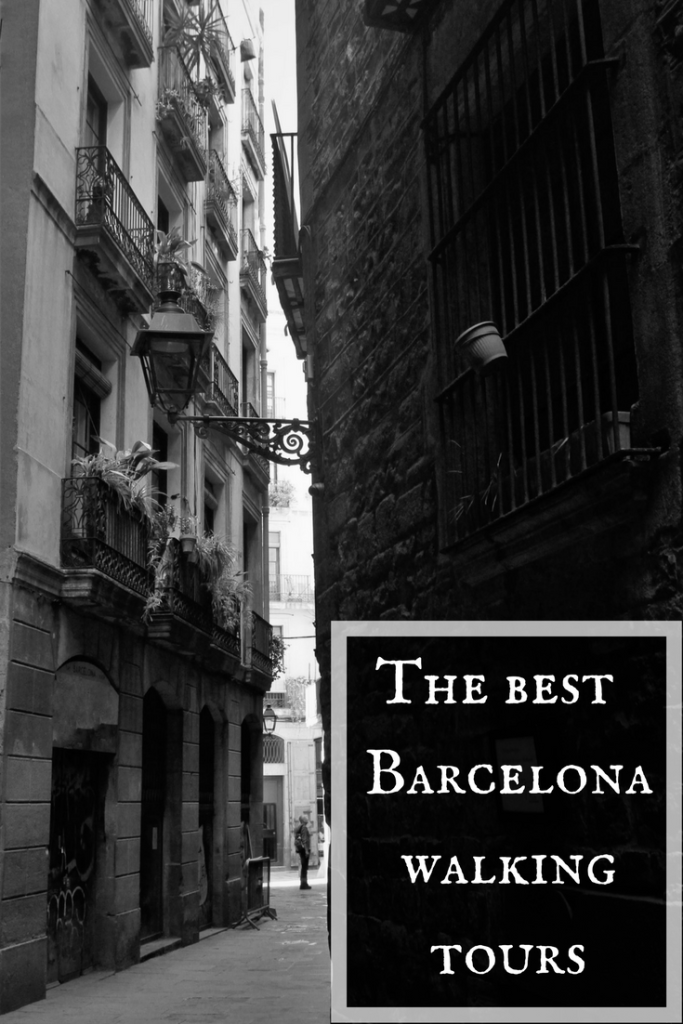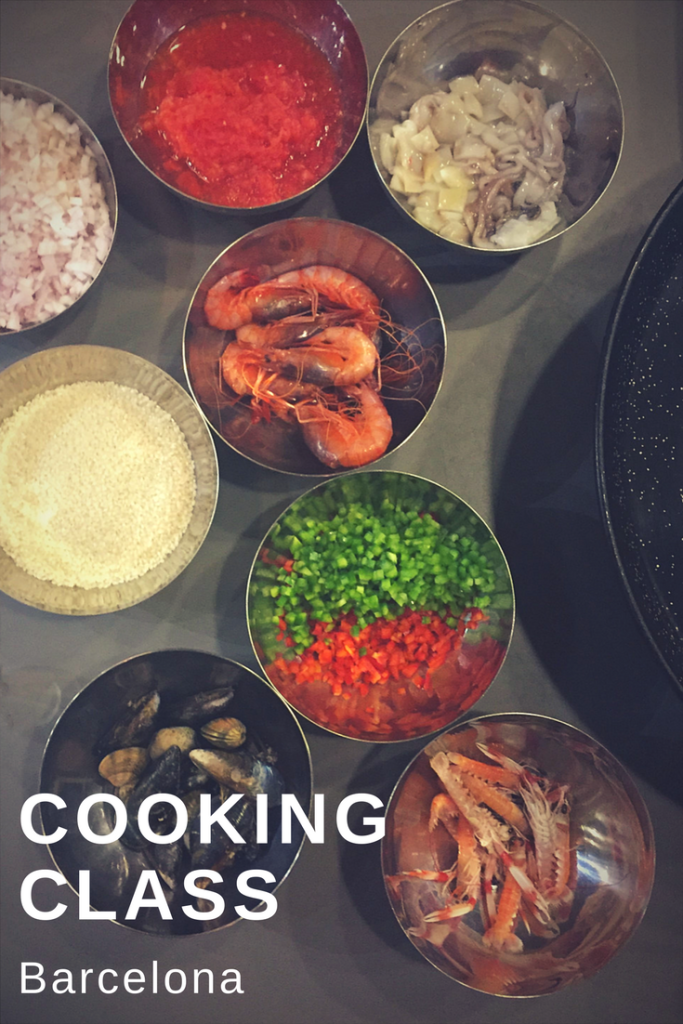Text: Claire Lessiau
Photographs: Claire Lessiau & Marcella van Alphen
Slightly more than a century ago, the pride of Catalonia already echoed loud and clear, carried by the Catalan Modernist architectural movement and the Renaixença cultural movement. The Palau de la Música in the gothic Barcelona is the communion of these influences. The most representative examples of this Catalan pride, it is one of the most beautiful concert halls in the world.
At the end of the 19th century, the economic boom of Catalonia pushed its elite to look for a rebirth to express the Catalan pride. This lead to the Renaixença cultural movement and the Modernist architectural movement that merged in the Palau de la Musica. One of the most eminent representatives of the Renaixença was the Orfeò Català, a renowned choral society that owned a small lot at the edge of the gothic quarter of Barcelona. The prominent and local architect Domènech i Montaner was commissioned to erect a concert hall on that lot. Beyond the challenge of building such a venue in an intricate location while the city was expanding in El Eixample modern district where most Art Nouveau projects were created, budget was a major concern. Funded by popular subscription, with the support of the bourgeoisie and a few industrials, Domènech i Montaner had to be sparing: he built the palace of the Catalan music in only three years, between 1905 and 1908, with the usage of cheap and locally-sourced materials.


Nevertheless, approaching the red-brick building from the narrow medieval streets of La Ribera area can only impress the concert-goer without giving away any of the financial constraints the architect was faced with. Large columns richly decorated with colourful mosaics support the upper floors and ornamental balcony. The building is adorned with lively sculptures representing the patron of Catalonia Saint George slaying the dragon, and busts of the most famous composers of the time.
If the façades of the building are impressive, the inside of the Palau de la Música is a magical journey through nature and music. The foyer with its many pink roses – another recall of Saint George – leads to the grand marble staircase. The combination of marble of Catalonia with affordable glass to support the railing sums up the complexity of the project: Catalan pride expressed by local materials and techniques blended with affordable processes to lead to an exceptional venue.


Up the staircase, just as Barcelona itself, the concert hall is a jewel in the sun, as sung by Freddie Mercury and Montserrat Caballé who was accustomed to this very specific location. The Palau is illuminated during the day entirely by natural light thanks to the stained-glass-pane walls and the enormous overhead skylight. The inverted stained-glass dome is a metaphor for the sun. To illuminate it at night, circular chandeliers made of wrought iron leafs and tilted towards the sun-dome are another call for nature, one of the main pillars of modernism.

As the building was too small for great acoustics, Domènech i Montaner chose glass to prevent the sound from being absorbed by typical construction materials. This way, he reached the best possible acoustics for a sold-out performance with almost 2200 spectators. On the other hand, as the sounds get absorbed by bodies, he had to find a solution to maintain a proper acoustic when the concert hall is not full. For this purpose, an absorbent material is used underneath the tip-up seats. When the seat is not taken, the absorbent material absorbs as much sound as a person, ensuring that the acoustic is always optimal regardless of the number of spectators. And Bach being played on the majestic organ for our small audience confirms the efficiency of the ingenious system!



The rationality of the design is hidden by the extraordinary ornamentation of the hall. 18 sculpted muses seem to come to life out of the wall to inspire musicians on stage. Above stage, the bust of Beethoven invites artists from all over the world. Across from him, the Valkyries of Wagner seem to be riding into the stage and resonate with the modern society of Barcelona at the turn of the 20th century.

To the contrary of the Art Nouveau buildings designed by Gaudí with a very comfortable budget and calendar (the Sagrada Familia is still being built…), the Palau de la Música Catalana is not only a great example of project management but also a political statement to the world about the pride and nationalism of Catalonia.
And above all a must visit for anyone stopping by Barcelona, preferably for a concert!
Travel tips:
- For tours and more details, check out the website of the Palau de la Musica. For the best experience, attend a concert.
- To visit another landmark by Domènech i Montaner, visit the hospital of Sant Pau, a true gem, off the beaten path a stone’s throw away from La Sagrada Familia.
- For inspiration on where to go out in Barcelona, refer to A night out in Barcelona? Know where to go!
- To get the GPS-powered version of this article in GPSmyCity, click on this link!
- Check out this interactive map for the specific details to help you plan your trip and more articles and photos (zoom out) about the area! Here is a short tutorial to download it.
Like it? Pin it!

For more in Barcelona:







17 Comments Add yours